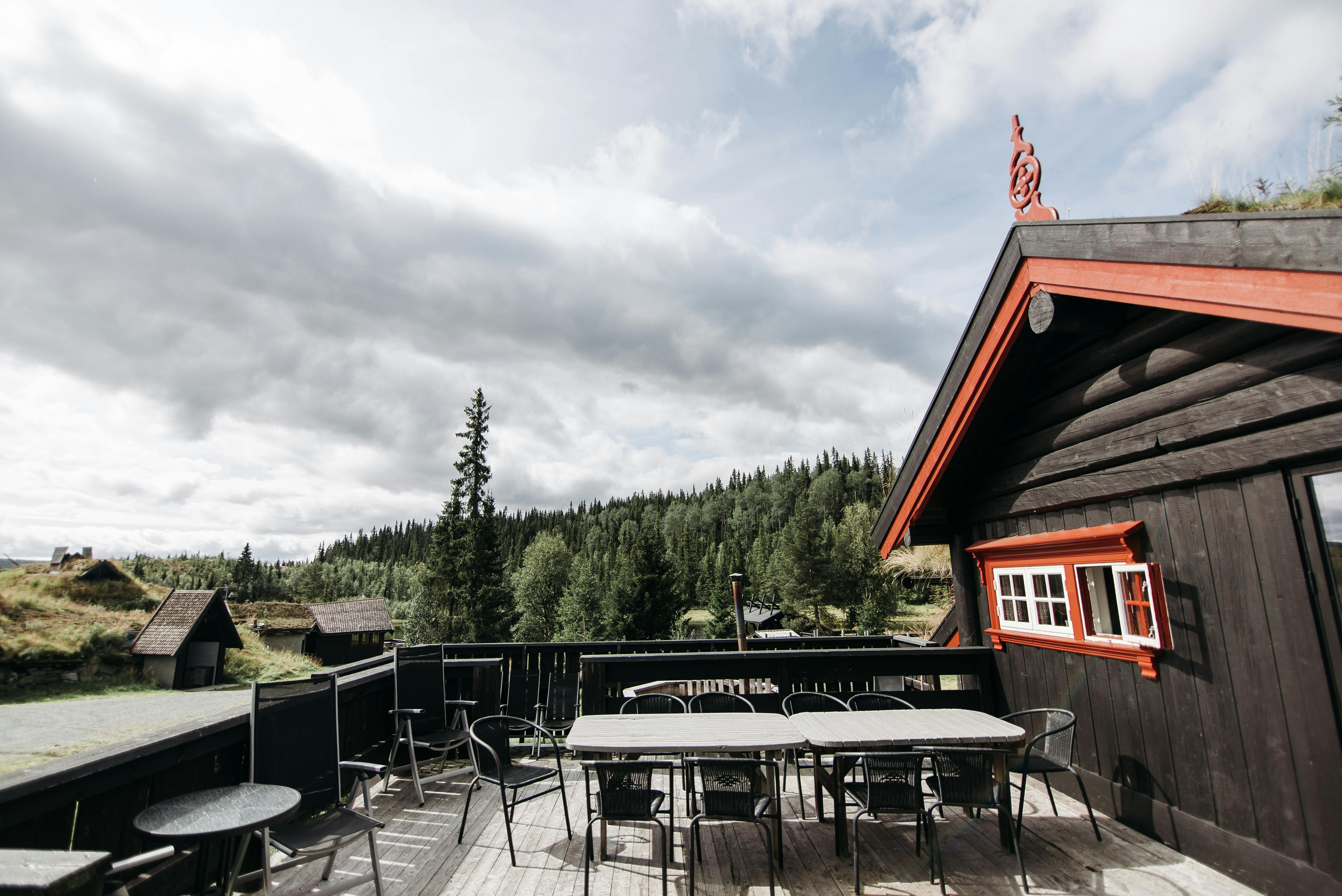When you drive, a vitally important component is your seat. In this article, I’d like to discuss seating and how important it is to make sure you’re relaxed and confident, to help you find your perfect seat.
Just close your eyes for a moment and I want you to imagine your perfect seat. How about? I want you to imagine as if you were looking at yourself. So how do you see yourself? Are you still, serene and graceful? What are your ankles doing? your thighs? Your stomach? Then I want you to get into your body and feel what it feels like to have a perfect seat. How it feels to move with your horse in motion and go with the motion. What do you hear, what do you see and what do you feel?
Okay, so “how????” I can hear you yelling at me!
Well, good question, but let’s see why first.
Sitting down is the most important tool when riding a horse. When I’m working with a customer seat it’s at the forefront of my mind all the time. Let’s say I have a client who comes to me and says “my horse won’t keep his head still or stay in contact” I could talk about driving to the bit and hooking behind and riding the hind leg and I do…but I’m also wondering if the hands are still enough for the horse to comfortably and easily enter the bridle and stay firm in contact. Still hands are vital to keeping a horse’s head still. The hands can only be still if the seat is developed enough to maintain balance and not depend on the hands for balance.
The seat is also at the core of an effective dressage ride. You know when you look at the best drivers and you stare at them…and you still can’t see them do anything! And the horse dances under them. Well, that’s riding with a seat. Where you can go with the horse and influence the horse with your body. It’s almost as if your thoughts become his and your back becomes his back.
So there are three keys to a perfect seat:
- Balance – You must have balance first. You should be able to sit in the center of the saddle and not have to rely on anything to hold on or squeeze to stay in the center of the movement.
- Relaxation – to have a flexible back that can balance with the horse, it must be relaxed and not tight. The biggest mistake coaches make is when they say shoulders back or heels down, the rider if they are too anxious will push their heels down or shoulders back using every muscle they have to do so. This results in tight, tired muscles and is not the point of a flexible seat – the rider will never have the ability to go with the horse. essential muscles forever be supplement. Now, that doesn’t mean it’s smooth and not engaged, as the muscles need to work. But with relaxation! I know it’s a paradox! Aren’t most things in horseback riding?!?!?! When I am assisting clients with this I ask them to think of holding a glass of water, now hold it too tight with all the muscle strength you have in your hand and the glass will break, completely relax your hand and the glass will drop and pause. There is a muscular tension in the middle ground that is enough to hold the cup. It’s the same for riding. Enough tension to keep you moving, but not so much that you become tense, stiff, and locked.
- Go with the movement of the horse: You must be able to go with the horse and not be left behind. It’s about being the leader, always knowing what’s going to happen next, and being prepared for it. This means you must have a strong back and a committed core.
Once you’ve developed your perfect seat, you can use your seat to influence the horse, slowing and accelerating it with the seat alone, and turning and sideways with your seat in conjunction with your legs and kidneys.
So remember that relaxation is very important. It is a must. If he is worried about falling, he will be held tight and his seat will not be able to go with the horse. If he is not balanced, he will grab to stay and his seat will not be able to go with the horse.
So work on your balance in the saddle, make sure you stay relaxed and flexible with positive muscle tension, and then allow your body to go with the horse. This is where riding on your mind can help. You can only do so many hours in the saddle practicing, but you can do many more hours in your head. The best part is that you never make a mistake in your head and your unconscious mind can’t tell the difference between what’s real and what’s imagined, so all those neural connections are strengthened even if you’re not on the horse.
for your success,
Natasha
